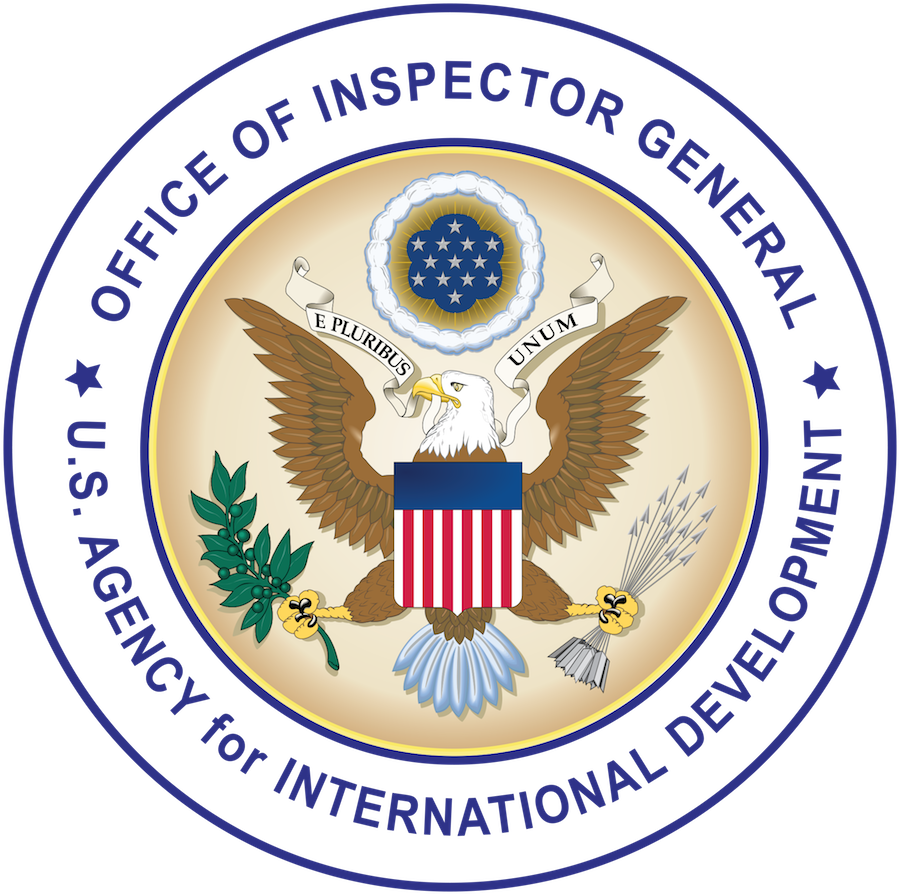Why We Did This Audit
USAID works with over 4,000 organizations in more than 100 countries in support of its mission to end poverty and promote democratic societies. USAID’s current focus on localization—shifting funding and decision-making power to local actors to achieve its program objectives—is consistent with the Agency’s long-standing efforts to increase its engagement with local partners. According to Administrator Samantha Power, it is critical for USAID to engage with a wider range of partners to achieve an impact beyond the reach of any single development agency.
As of fiscal year (FY) 2017, more than 80 percent of USAID’s $17.2 billion in total obligations was directed to only 75 partners. While direct funding of local partners has been increasing, in FY 2022, it still accounted for only 10.2 percent, or $1.6 billion, of the Agency’s total budget.
In 2019, USAID launched the New Partnerships Initiative (NPI), which aimed to diversify USAID’s partner base by creating avenues for new and underutilized partners (NUPs)—organizations that have received less than $25 million in awards from USAID over the past 5 years—to work with the Agency through an updated approach to partnering and procurement.
OIG initiated this audit to determine the extent to which USAID (1) established guidance and faced any implementation challenges for NPI and (2) measured and communicated performance results for NPI.
What We Found
Although USAID provided guidance and technical assistance to develop NPI action plans, the missions we reviewed relied on experiences from past initiatives to implement NPI and continued to face long-standing challenges. They primarily used existing award portfolios, Agency mechanisms and policies, and best practices from past initiatives to develop and implement their NPI action plans. Moreover, the missions identified long-standing challenges to working with NUPs, including implementer inexperience and lack of mission capacity (specifically, limited mission staff bandwidth) as constraints to increasing the number of awards to NUPs. Consequently, it was unclear whether NPI changed the way missions work with local partners and approach localization efforts.
USAID developed indicators to measure NPI performance, but data may have been flawed, and results were not regularly collected or communicated. NPI action plan guidance required missions to report periodic results on seven key indicators, including one related to subawards, a central component of the initiative. However, this indicator depended on data the Agency did not have control over and that may have been inaccurate, unreliable, or unavailable. Additionally, USAID collected and communicated NPI performance results infrequently and on an ad hoc basis. Missions reported progress toward one of the seven NPI indicators annually, but USAID has not regularly requested other data on NPI performance from missions.
What We Recommend
We made three recommendations to improve USAID’s processes for measuring and reporting NPI performance results. USAID agreed with all three recommendations.
